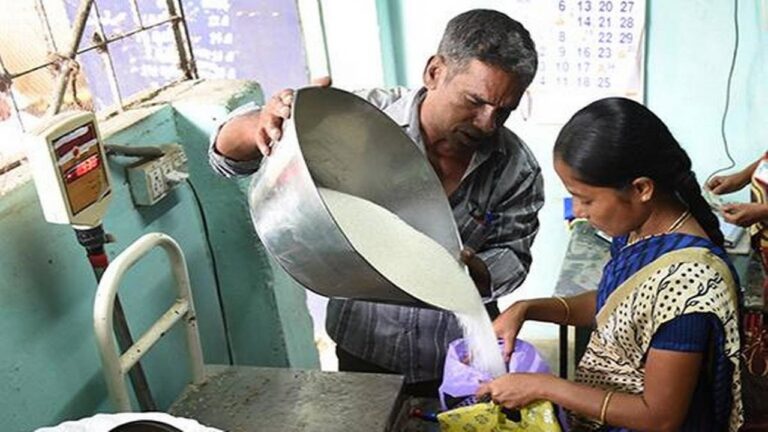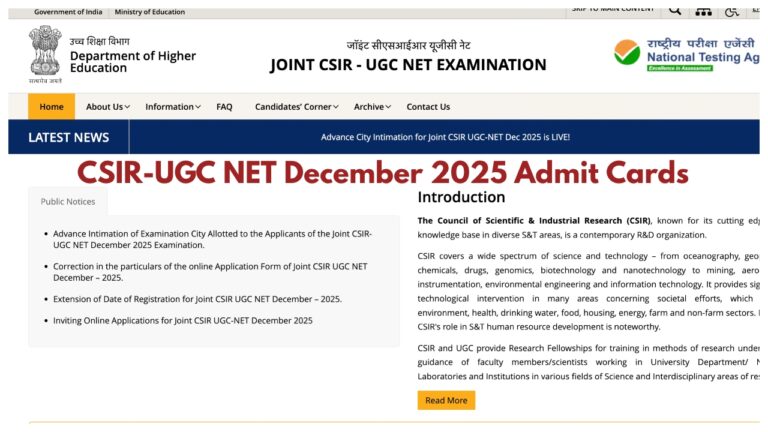Samsung Galaxy S26: Samsung is already in discussions about its next flagship series Galaxy S26. Now a new report has made it clear that Samsung is going to adopt dual chipset strategy again. Exynos 2600 chipset will be available in S26 and S26 + (or S26 Edge), while Snapdragon 8 Elite 2 chipset will be available in S26 Ultra and all variants of some major markets. But this time there is also an interesting twist in the planning, which has come to the fore regarding foldable phones.
Exynos and Snapdragon’s is starting again in S26 series
In the Galaxy S25 series, Samsung completely relied on Snapdragon chipsets, but now Exynos 2600 is making a comeback. The company had to take this decision last year due to the poor yield of the Exynos 2500, but this time the Exynos 2600 has been built on Samsung’s own 2nm SF2 node with GAA FET architecture. This chip will be used in the S26 and S26+, especially in markets like Europe and Asia. On the other hand, the Snapdragon 8 Elite 2 will be used in the S26 Ultra for the whole world. It will also be seen in all models in markets like the US, Japan, South Korea and China.
Big twist on Snapdragon 8 Elite 2
Now the biggest twist is that the Snapdragon 8 Elite 2 “For Galaxy” version will be built on Samsung Foundry’s 2nm node this time — not relying on TSMC. Qualcomm has previously worked with Samsung for the Snapdragon 888 and 8 Gen 1, but later turned to TSMC due to performance and power efficiency. Now Samsung’s fab is making a comeback, but will the same problems return again? Only time will tell.
Snapdragon 8 Elite 2 will also be used in foldables
The same Snapdragon 8 Elite 2 chipset will be used in Samsung’s 8th-generation foldables like Galaxy Z Fold 8 and Flip 8. But the question here is the same – will Samsung Foundry’s 2nm process prove to be as powerful and efficient as TSMC’s 3nm N3P node?
2nm vs 3nm: Who will win?
Although both the Exynos 2600 and Snapdragon 8 Elite 2 will be based on Samsung’s 2nm process, TSMC’s N3P node has been considered more reliable in the industry so far. Qualcomm’s dual-sourcing plan is mainly to reduce costs, as TSMC’s 3nm wafers cost around $18,000 per wafer last year.
Opinion: Samsung’s chip strategy is experimenting again
This time Samsung is once again trying to strike a balance between Exynos and Snapdragon. Keeping the Galaxy S26 Ultra with Snapdragon is a safe move, while the company is working on both cost and customization through Exynos 2600 in standard variants. At the same time, choosing the Samsung Foundry version of Snapdragon 8 Elite 2 for foldable phones is a risky but interesting move.
Now it remains to be seen whether this new chip strategy of Samsung will be able to give users a smooth, powerful and cool experience or not. We will get the answer in 2026.










